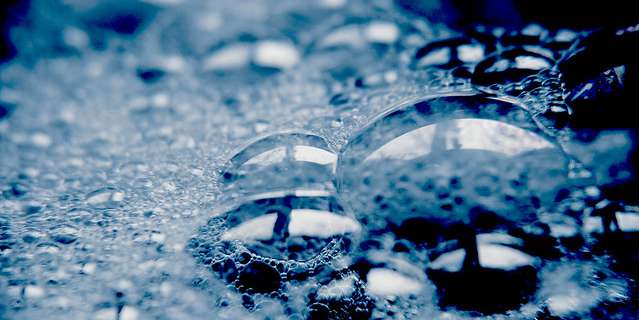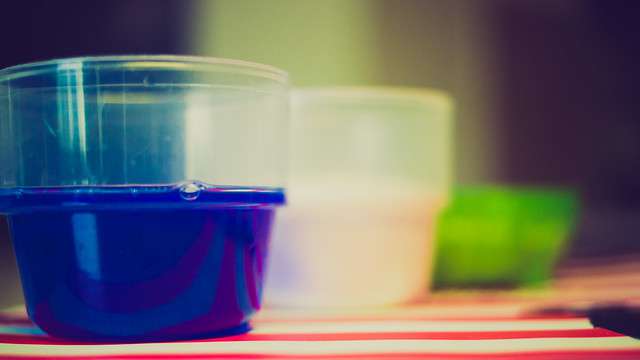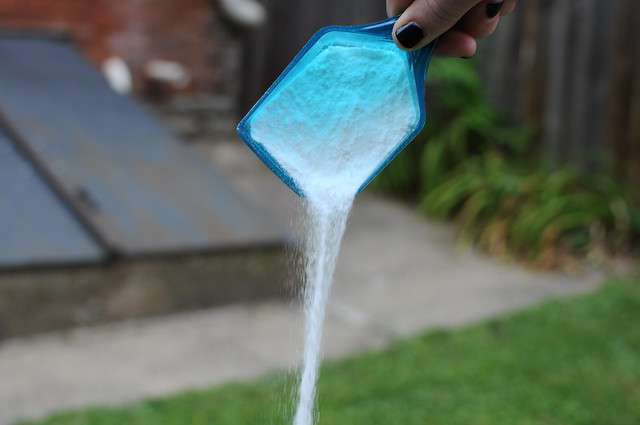
Consumers rely on accurate performance test results to be consistent with ‘real world’ cleaning outcomes. Image source: Flickr user Caroline Gagné
Detergent manufacturing is a highly competitive and controlled industry. Consumers want cleaning supplies that are more efficient, powerful, economic, and environmentally friendly. Product assurance in these areas is highly dependent upon the variety of tests performed within industry standards.
Manufacturers of liquid detergents, powdered cleaners, and chemical surfactants all rely on performance test result to measure product quality. However, not all performance test results give an accurate measurement of a product’s cleaning ability, and consumers are now demanding more trustworthy information. Performance testing relies on scientific protocols to guarantee valid results through the use of proper testing methods and tools.



